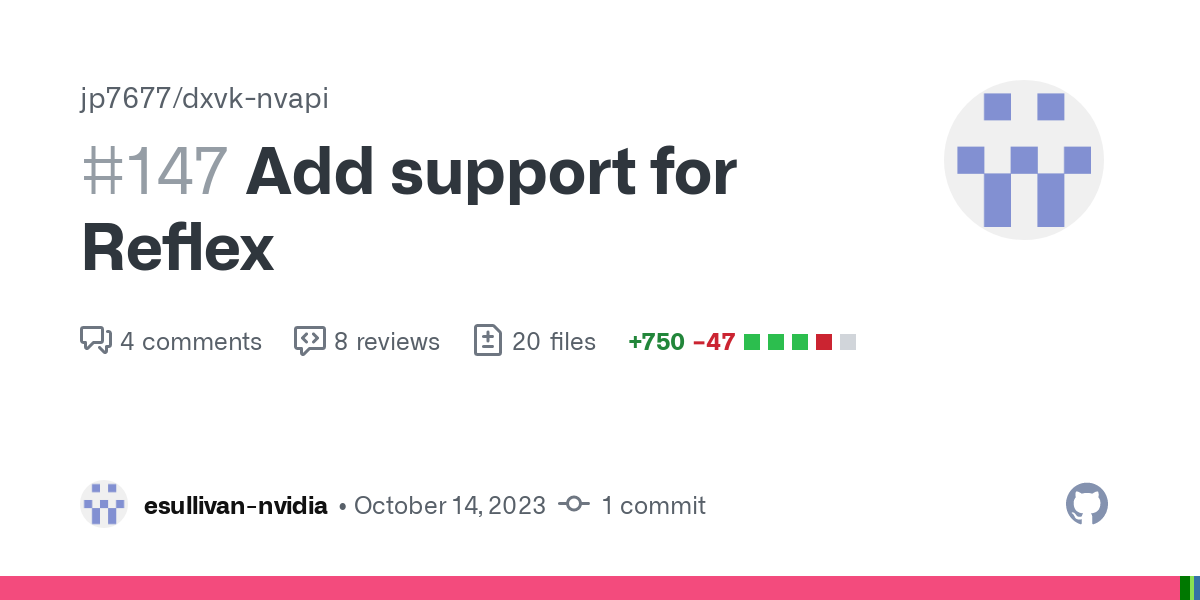That means frame generation support isn’t too far off right?
if they’ll actually support framegen on proton, i could finally ditch my windows install completely
Wouldn’t that be super complicated in linux? On windows they had huge probelms with frame timings and vsync and only later got fixed… that was on windows which has single DE and single display server model/protocol. On linux i feel that would be a total mess between wayland and xorg and different DEs. Especially considering the DE controls much of the frames timings, vrr and vsync in wayland. Hell even gnome still can’t get basic vrr frames to display in correct order.
It shouldn’t be that bad. Compositors already try to get out of the way of fullscreen windows. We already have VRR working great, been using it for months and it’s absolutely flawless. So if the game just needs to push out more (generated) frames, it can probably work fairly decently as-is.
Vsync and perfect frames was one of the original and primary goals of Wayland. I haven’t had weird stutters and frame pacing/timing issues in a really long time, at least on AMD.
If it needs compositor level changes, I think we’re probably not too far. And the feature needs to be out so compositors can implement necessary workarounds anyway.
In all cases it’s probably better than nothing.
Nice. Flagship features like these so often feel overlooked in the Linux GPU discussion. I like to think that’s because we’re all very serious pragmatists who don’t care for such frivolous addons, even if the simple truth is that vendors are indifferent towards Linux as an end-user platform.
In light of that, features like these coming in with 1st-party support is a welcome sign that things are (slowly) changing. Emphasis on “slow”; I don’t find it terribly impressive that Nvidia’s partially reversed the proprietary own-goal which they call NVAPI, especially considering the still ongoing parade of new (also proprietary!) standards which they insist on shoehorning into it… but I’ll acknowledge that they’re making progress nevertheless 😤





